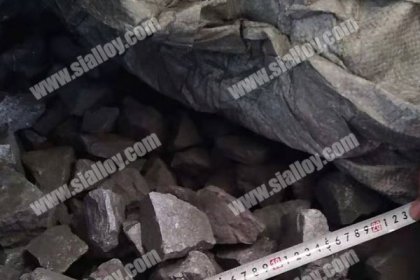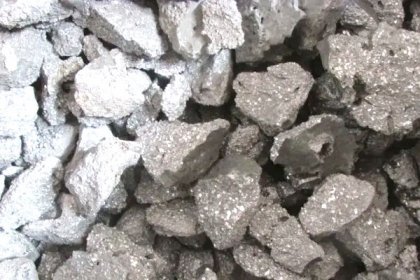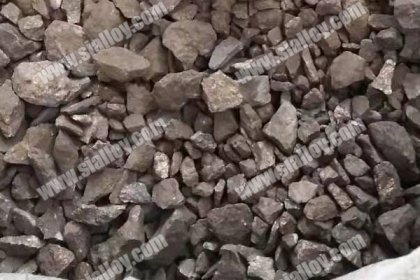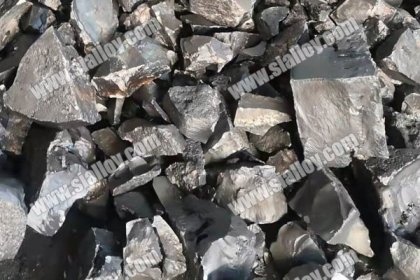Magnesium slag Usage
Magnesium slag is a by-product of the production of metallic magnesium ingots, which also known as Magnesium Metal Ingot. Its main components are CaO, SiO2 and MgO. Magnesium slag has a variety of characteristics. Among them, the performance in cement application is particularly outstanding.
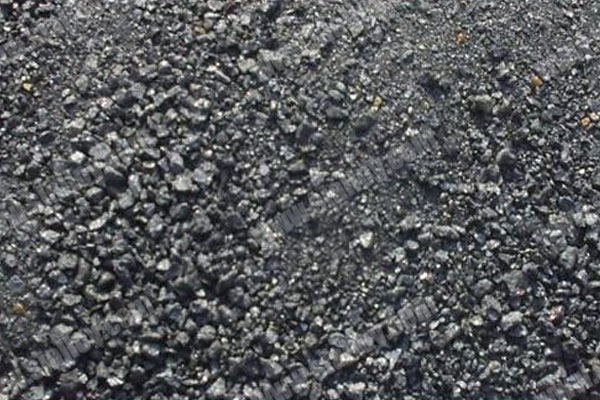

Magnesium slag can replace part of the slag to produce mixed cement mixture materials. The quality of the produced cement is relatively stable, but with the increase of the amount of magnesium slag, the early strength of the cement tends to decrease and the setting time becomes longer. Therefore, when magnesium slag is used as a mixed material for cement production, the relevant technical standards and requirements of the industry should be complied with.
Magnesium slag can also produce masonry cement. Masonry cement is a hydraulic gel material made by grinding one or more active mixed materials or hydraulic industrial wastes as the main raw material, adding an appropriate amount of nitrate cement clinker and gypsum. This kind of cement has low strength and cannot be used for reinforced concrete or structural concrete. It is mainly used for masonry and screed mortar and cushion concrete in industrial and civil buildings. Research shows that the activity of magnesium slag is higher than that of slag. The use of by-product waste slag for the production of magnesium ingots to produce masonry cement can significantly increase the activity of cement, increase the output, and reduce the energy consumption of cement production.
Magnesium slag can also be used to produce composite portland cement. Composite Portland cement is a hydraulic cementitious material made of Portland cement clinker, two or more specified mixed materials, and appropriate amount of gypsum. It is called composite portland cement. The principle of using magnesium slag to produce composite portland cement is to add magnesium slag to the cement raw material, calcined into Portland cement clinker, and then add appropriate amounts of auxiliary materials such as magnesium slag to grind the composite cement. The Mg0 content in the cement is about 4%.
In addition, magnesium slag can also be used as road building materials. When magnesium slag is mixed with 5% lime or 2% cement stabilized soil, it can be used as the base layer of high-grade or second-grade pavement. After the magnesium slag is ground by a ball mill or other processes, its use effect will be better. The main reason that magnesium slag can be a good road building material is that the content of calcium and magnesium in the magnesium slag is very high, and it has a relatively high activity. It reacts with the soil in the grass to produce insoluble tax-containing calcium silicate and water Calcium aluminate enhances the adhesion between the particles of the mixture. Over time, these hydrating substances have increased, making the road surface more and more loaded.
 中文
中文
